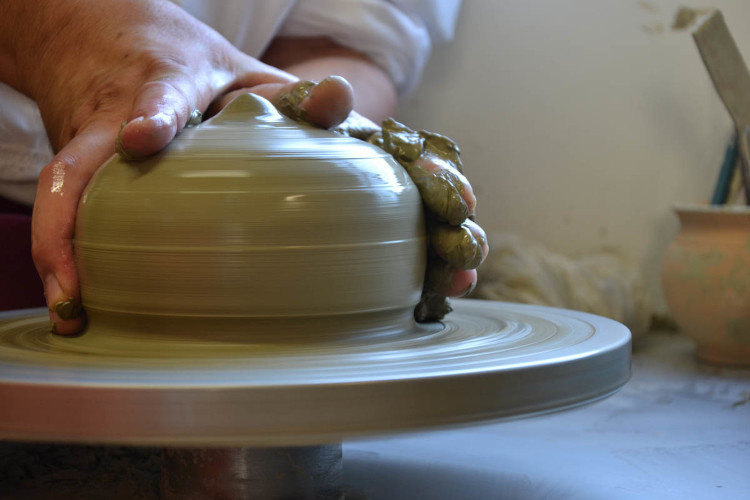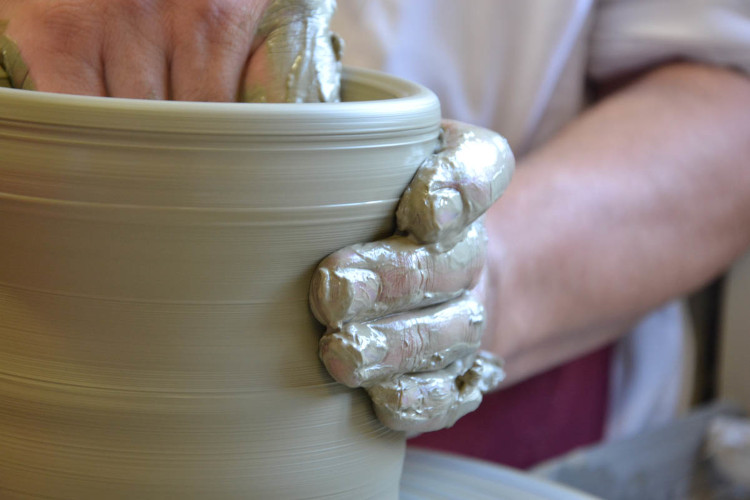The history of Majoliche Deruta
The Ceramics of Deruta ... between past, present and future ...
A historical deepening from the Middle Ages to the Renaissance, because we can not think of the future without knowing who we are and where we come from …
...arte...per l'Arte
Historical Background
Deruta is known worldwide for the production of artistic ceramics, documented since the Middle Ages. Deruta is still today
the center of the largest production of artistic majolica in Italy.
The artistic production, since the most ancient period, had an extraordinary opportunity for publicity: the proximity of Assisi. In the Franciscan Archives of Assisi were found documents of 1358 and 1359 in which we speak of a potter, the wholesaler Cecce d'Alessandro, who sold hundreds of ceramic pieces to the friars of the Convent.
In the Renaissance the Deruta majolica reached its maximum splendor, with original productions for shape and decoration,
with luster and in polychrome of great refinement conventionally called “Petal - Back” (Retro a Petali).
Among the most important pieces there is a jug at the British Museum in London with the emblem of the dark brown, dated 1502 and a tray of
the Wallace Collection with the coat of arms of Cristoforo Bourbon di Petrella, bishop of Cortona from 1477 to 1502.
The decorative aspect prevails over the functional one, while the color palette has been enriched with orange (iron oxide), blue (cobalt oxide) and yellow (cadmium oxide).
The success of the Deruta production of that period is the son of a solid artistic formation that has developed in the potters' workshops under the pressure of the Umbrian pictorial
school, chiefly led by Perugino and Pinturicchio.
The technical and artistic skills of the Deruta sculptors of the period is well represented by the realization in 1524 of the floor of the church of San Francesco in Deruta, of which there are 200 tiles, in the shape of a cross and an eight-pointed star that fit together with motifs figurative in which it is possible to recognize prophets, muses, olympic deities, saints, allegorical figures, male and female profiles.
Floors like that of the Church of S. Francesco in Deruta, in S. Maria Maggiore in Spello, or of the sacristy of S. Pietro in Perugia, are further evidence of the best production of Deruta majolicas.
Particular evidence of the ceramic tradition of the area of the period are the votive majolica dedicated to the Madonna dei Bagni and still kept at the homonymous Sanctuary near Deruta, built after a miracle occurred in 1657, where the walls, pillars and even the base of the dome of the sacred building appear covered with ceramic votive tiles made by Deruta craftsmen.
In 1978 for the new museum are identified the large spaces available in the former convent of San Francesco. The Regional Museum of Ceramics of Deruta is the oldest Italian museum for ceramics, established in 1898.


